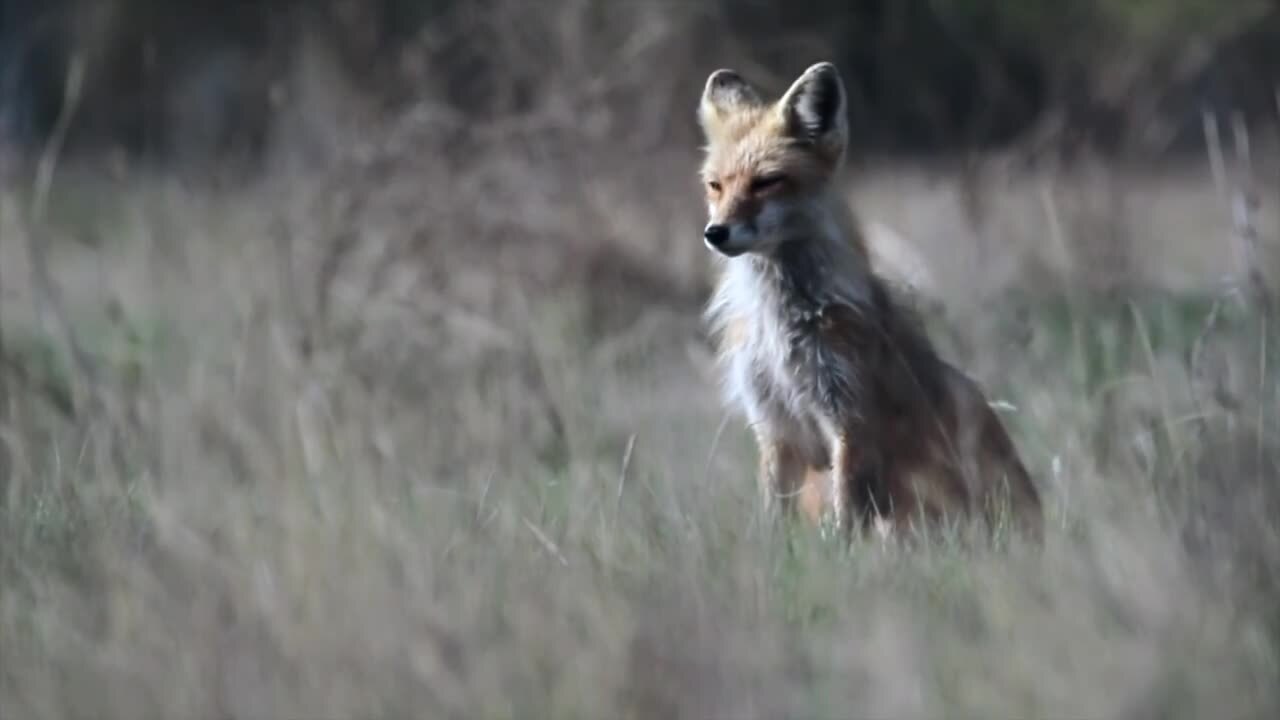MISSOULA – This edition of A Wilder View takes a look at why even ancient foxes relied on humans for food.
Some may be familiar with red foxes living in your neighborhood or picking on your chickens. Red foxes are keen scavengers that are able to adapt to living in urban areas. And these opportunistic predators have been relying on humans for well – even before we were really human.
The timing of the reliance of red foxes on using people to provide food sources has hardly been studied.

Hominins -- which are the latest common ancestor of humans and chimpanzees -- started to kill large herbivores like caribou, around 2.5 million years ago. When they started hunting these larger animals for food, they started to impact the environment which led to changes in climate and vegetation. -- and even foxes.
The impact our ancestors have on animals that eat plants during prehistoric times has been largely explored, but less is known about our ancestor's influence on carnivores.
There's the bad influence they've had where activities of our ancestors led to extinctions. We've known about the bad for quite some time, but what about the good? One aspect that has been rarely addressed, until now, is the possibility that hunting may have had a positive effect on some opportunistic species.

Small predators like foxes have the ability to exploit the leftovers of other predators, such as scavenging an elk carcass killed by a mountain lion. And this is really no different from how foxes relied on people to do the same. Like scavenging what's left of a deer harvested by our ancestors.
Researchers were able to study this because fox remains have been a common find at archeological sites all over the world. Scientists used what is called a stable isotropic tracing from bone collagen -- which is a really fancy way of saying they could look at certain parts of their diets by grinding up some of their bone.
And from this technique, researchers were able to trace that people have influenced fox’s diets as far back as 42,000 years ago. Time periods older than 42,000 years ago -- when Neanderthals rarely occupied regions where foxes lived -- they found that a fox's diet was similar to other carnivores in the area.

But as our ancestors started to live in those places a diet of a fox shifted to having more caribou which were scraps of what our ancestors had been eating and left behind. Individual foxes that had hunted rodents alone for years quickly adapted to feeding on the scavenged remains of large herbivores like caribou.
This study provided a nudge to pay more attention to small predators that may be the key to understanding human-made changes in prehistoric ecosystems.



